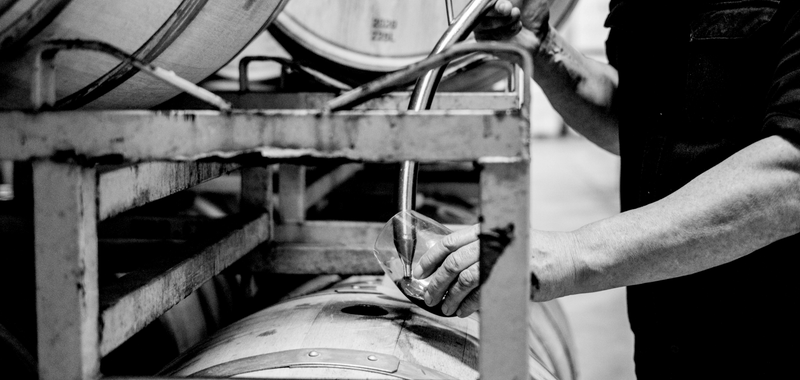

Contrary to what some wine estates would have you believe, you can’t leave nature to do all the work if you want a strong, signature style and consistent identity year in, year out.
Jonathan and his team truly tap the potential of the land, creating a special bond between man and nature based on respect and understanding. It’s all built around a belief in the importance of terroir, and winemaking with a ‘French touch’ carefully exported to Napa Valley before it was the trendy thing to do.
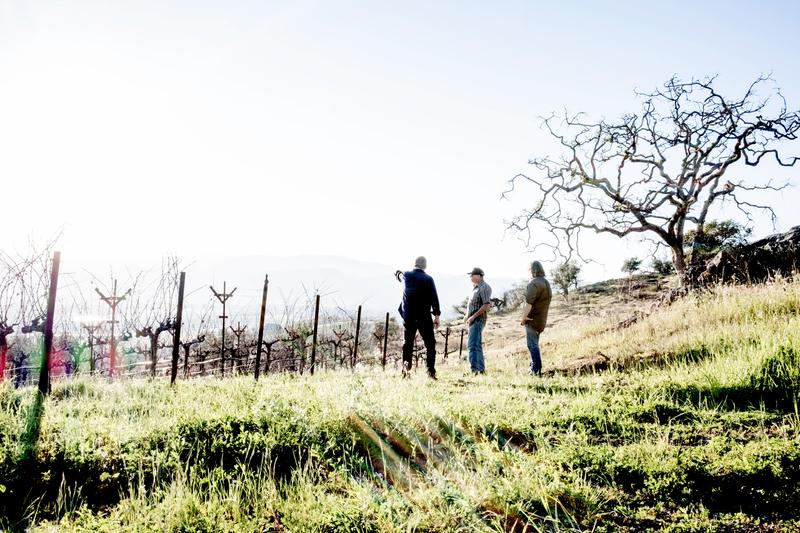


Napa Valley represents just 4% of California’s wine grapes, and the best plots of To-Kalon and Missouri Hopper from where we source much of our fruit represent a tiny fraction of that. With a partner as prestigious as Andy Beckstoffer, we leave grape growing to his experts and are proud to be part of his client list, which reads like a who’s who of Napa winemaking. But once the grapes cross the threshold of the winery, Jonathan, Neil, and Adam take charge.
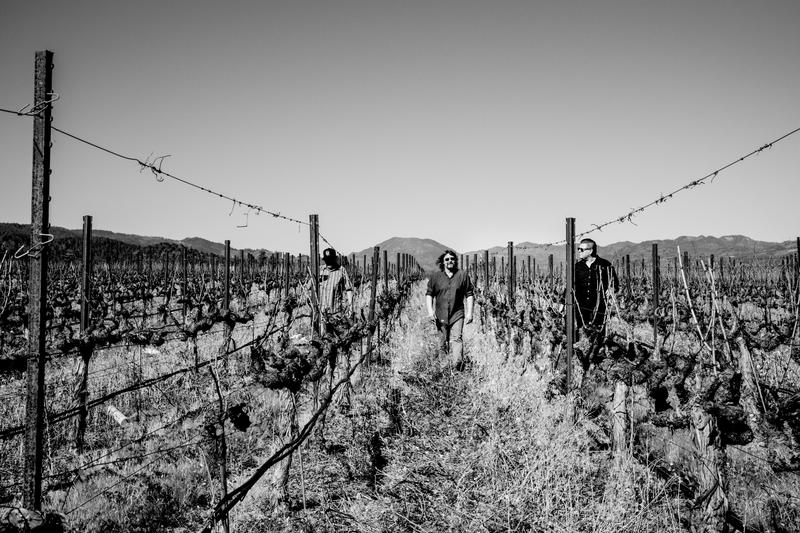
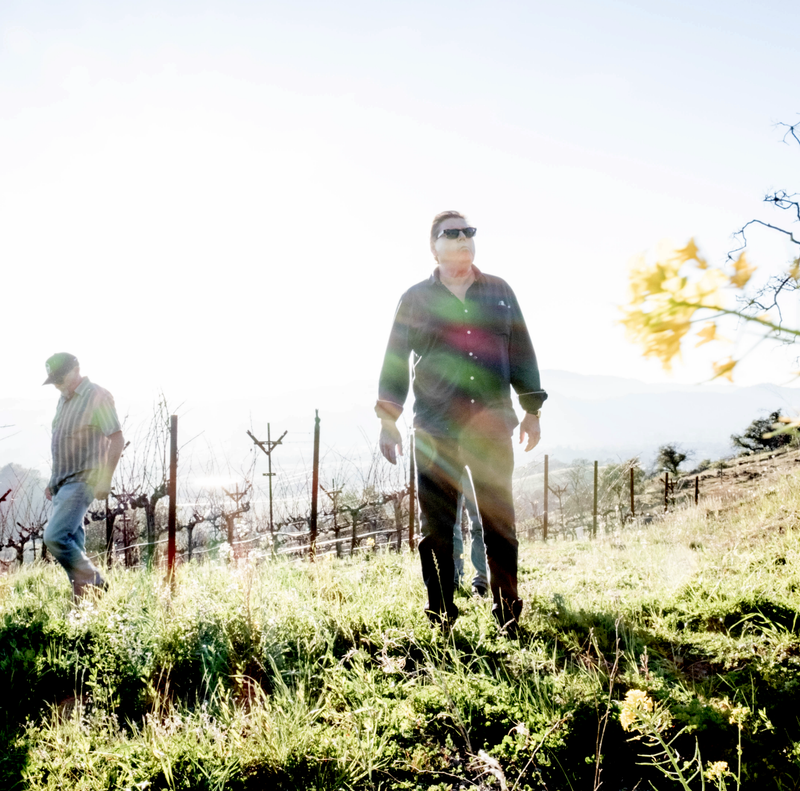
Jonathan’s attachment to top-notch terroir is almost as deep as his fondness for rock music. And World’s End wines make their natural origins felt, whether from the rolling hills of picturesque Monterey County, the Pritchard Hill region with its southern-facing slopes and view over the San Francisco Bay, or the historic gravelly soils of To-Kalon – Napa’s equivalent of a Bordeaux ‘First Growth’ vineyard.
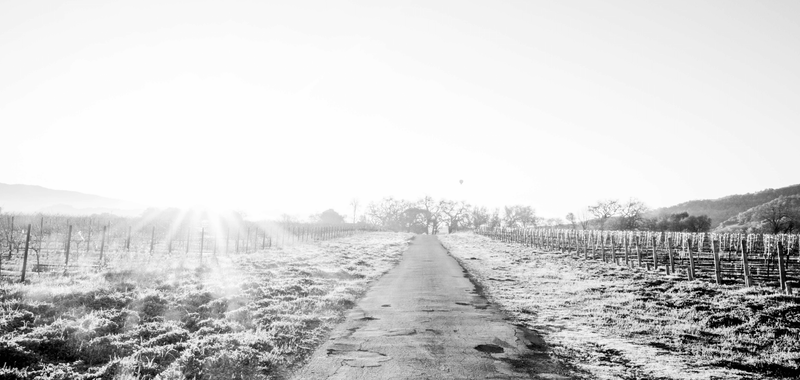
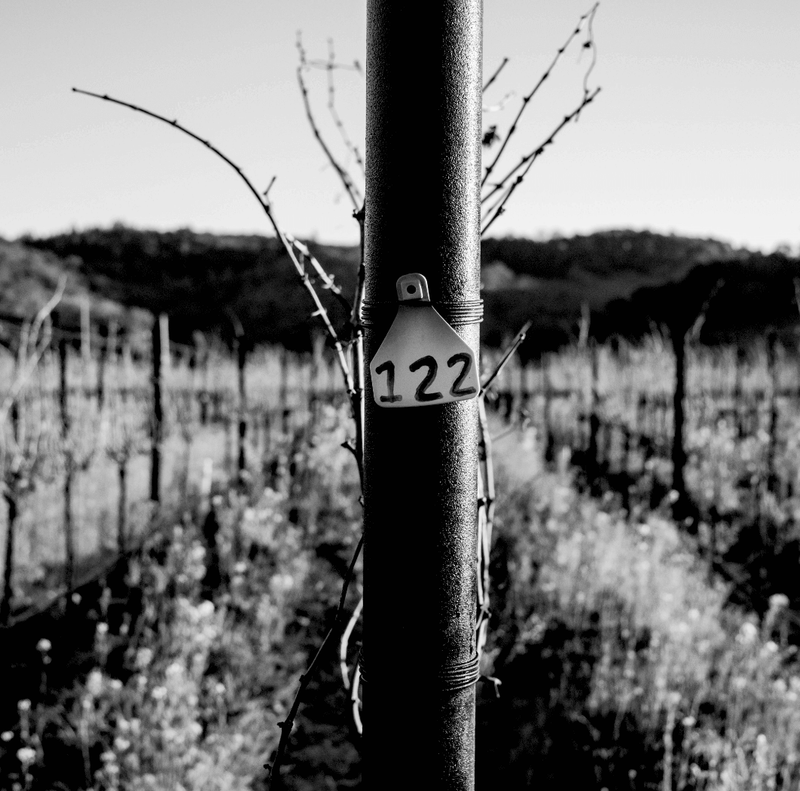
Napa might be thousands of miles away from Bordeaux but our team feels right at home working with its king grape variety (Cabernet Sauvignon) for the Single Vineyard wines and the other Bordeaux blend band members (Merlot, Cabernet Franc, Petit Verdot) for the Reserve Wines. But don’t be fooled: the climate turns everything up a notch, giving a more amplified experience and a different range of aromas and flavours.
Not everything that nature provides is worth keeping. Strict and stringent sorting – first by bunch and then, after de-stemming, grape by grape – leaves us with only the best fruit. Then, vinification is very similar to what we do on the other side of the Atlantic. Everything’s done gently to lock in the terroir’s potential and extract rich colour and structure before the wines go into fine French oak for malolactic fermentation and ageing.
